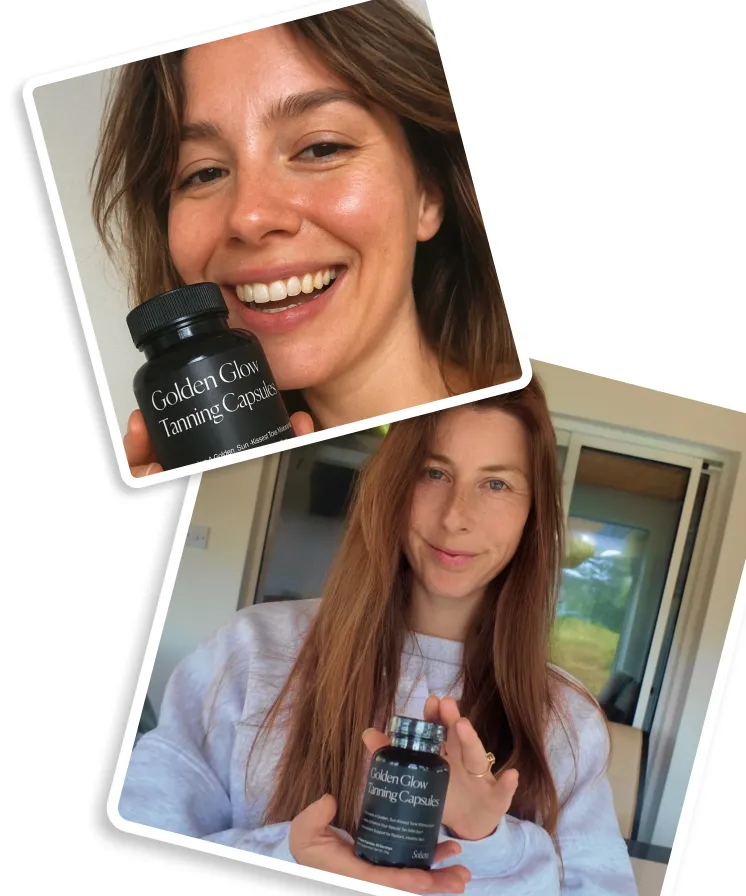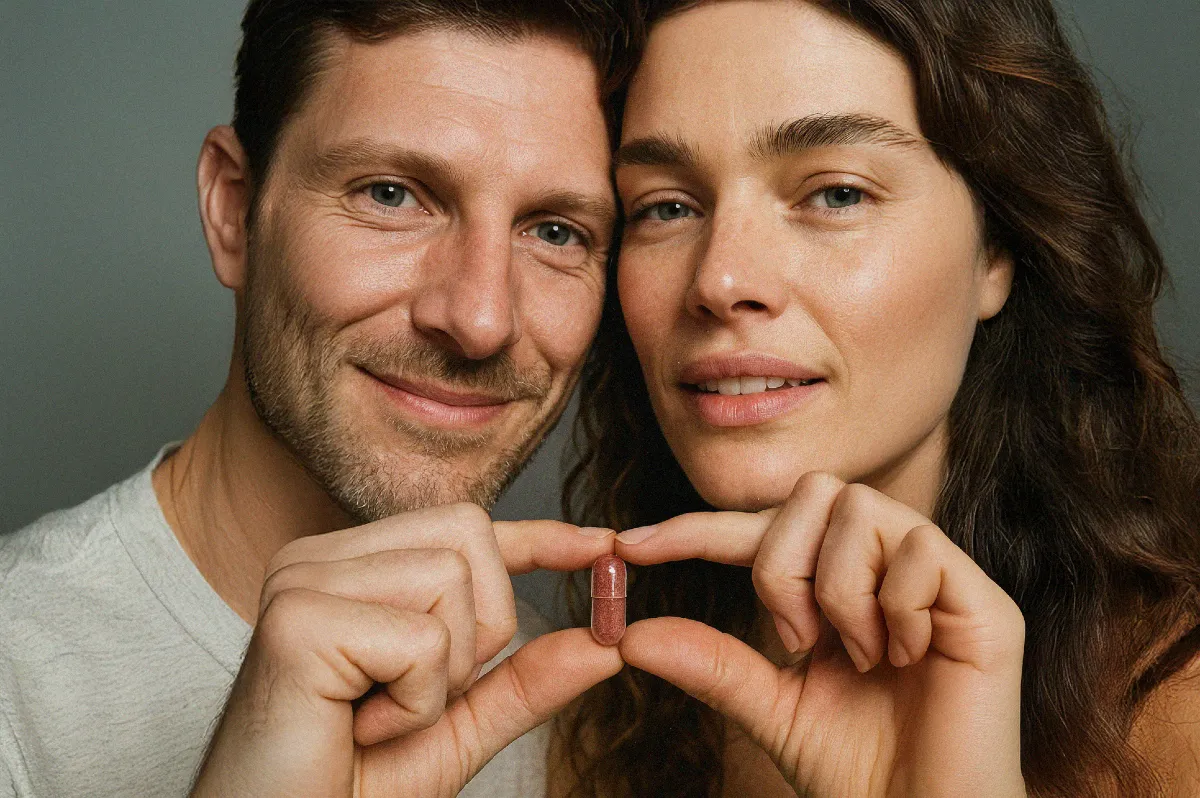
The Science Behind Golden Glow
At Solsera, we believe in real science, not hype. Our formula is built on proven ingredients backed by human studies published in respected, peer-reviewed journals. We’ve carefully chosen each dose based on research, not trends, so you can trust what you’re putting in your body. We’re here to raise the standard in skin supplements with honesty, transparency, and results you can actually see.
Our Ingredients
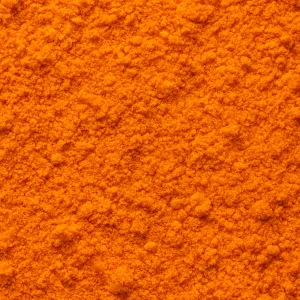
Beta-Carotene
Beta-carotene is an orange carotenoid pigment famous for giving carrots their color and for its role as a precursor to vitamin A. Sourced from D. Salina algae, It was added to the formula as a natural skin tone enhancer and antioxidant. Beta-carotene accumulates in the outer layers of the skin, where it can impart a warm golden tint – essentially providing a visible “tan” from within without any sun exposure. With daily use, beta-carotene gradually builds up a healthy-looking golden glow in the skin over a period of several weeks.
The hue from beta-carotene is often perceived as very attractive and healthy; in fact, studies have shown that increasing one’s skin carotenoid coloration via beta-carotene makes individuals appear more attractive and healthier to others.
The 15 mg dose of beta-carotene is provided as an effective yet safe amount, aligned with general research and recommendations. Common supplement guidelines consider about 6–15 mg per day of beta-carotene to be a beneficial intake for adults. Our 15 mg falls at the upper end of that range to ensure noticeable results in skin pigmentation. This level has been used in clinical research on skin appearance and was shown to significantly enhance skin color and attractiveness.
Scientific References:
The carotenoid β-carotene enhances facial color, attractiveness and perceived health in humans
2017 • Behavioural Ecology
randomised, placebo-controlled trial
In a randomised, placebo-controlled trial, beta-carotene supplementation (8 weeks) caused measurable skin color changes and improved appearance. Male participants taking β-carotene developed a higher skin yellowness and redness (a carotenoid-induced “golden glow”) and were rated as significantly more attractive and healthy-looking by observers compared to the placebo group. Notably, the supplement increased skin carotenoid coloration without sun exposure, suggesting diet alone can enhance complexion and attractiveness.
Read
Supplementation with β-carotene or mixed carotenoids protects humans from UV-induced erythema
2003 • Journal of Nutrition
placebo-controlled, parallel study
In a placebo-controlled trial, volunteers with fair skin (Type II) took 24 mg/day of beta-carotene (from algae) for 12 weeks. Both the pure β-carotene group and a group taking a carotenoid mix (β-carotene + lutein + lycopene) showed significantly diminished skin redness 24 hours after UV exposure, compared to baseline and to placebo. Long-term supplementation effectively ameliorated UV-induced erythema, acting as an “internal sunscreen.” The study concluded that beta-carotene provides measurable photoprotection, and a mixed carotenoid intake had a comparable protective effect.
Read
Differential effects of low-dose and high-dose beta-carotene supplementation on the signs of photoaging and type I procollagen gene expression in human skin in vivo
2010 • Dermatology
Randomised controlled trial
This trial tested 30 mg vs 90 mg beta-carotene daily (low- vs high-dose) in women with photoaged skin. After 90 days, the low-dose (30 mg) group showed significant improvements in facial wrinkles and elasticity, along with increased Type I procollagen mRNA in skin and reduced UV-induced DNA damage markers. In contrast, the high-dose (90 mg) beta-carotene did not confer these benefits and even lowered the minimal erythema dose (suggesting a pro-oxidant effect at high levels). This indicates that moderate beta-carotene intake can help reduce wrinkles and photoaging, whereas excessive doses may be counterproductive.
Read

Lycopene
Lycopene is a red carotenoid pigment extracted from tomatoes, included for its powerful antioxidant and skin-enhancing properties. It helps neutralise free radicals in the skin, protecting cells from UV-induced damage and premature aging. It also contributes to a healthy, golden complexion – lycopene naturally accumulates in the skin and adds a warm subtle hue over time.
The formula provides a high-strength 40 mg dose of lycopene to ensure robust benefits. Research and traditional use of lycopene for skin health often use doses in the teens of milligrams, and doses up to about 15–45 mg daily have been used safely in studies. Our 40mg dose helps saturate the skin with lycopene over several weeks, promoting a noticeable improvement in skin tone and potentially higher resistance to UV-induced erythema (sunburn).
Scientific References:
Tomato paste rich in lycopene protects against cutaneous photodamage in humans in vivo
2011 • British Journal of Dermatology
randomised controlled trial
In this randomised controlled trial, 20 women consumed 16 mg/day of lycopene via tomato paste for 12 weeks. The lycopene-supplemented group showed significantly higher resistance to UV-induced erythema (sunburn) and had reduced UV-induced matrix damage (lower MMP-1 increase, less mitochondrial DNA damage) compared to controls.
Read
Molecular evidence that oral lycopene or lutein protects human skin against ultraviolet radiation
2017 • British Journal of Dermatology
double-blind, placebo-controlled crossover study
This double-blind, placebo-controlled crossover study demonstrated that supplemental lycopene can protect skin at the molecular level. After supplementation, skin exposed to UV had significantly lower induction of photoaging biomarkers (like MMP-1, HO-1, and ICAM-1) compared to placebo, indicating a strong antioxidant and photoprotective effect.
Read
The protective effect of lycopene-rich products on skin photodamage
2018 • Thai Journal of Pharmaceutical Sciences
Systematic Review & Meta-Analysis
This review pooled results from 4 randomised controlled trials (99 participants) on lycopene and skin health. Lycopene intake (8–20 mg/day) was found to significantly reduce UV-induced erythema (sunburn redness) compared to placebo. The meta-analysis showed a mean decrease in erythema index of ~2.35 units with lycopene. It also noted lycopene-supplemented skin had lower expression of UV-induced aging markers (MMP-1, etc.), supporting lycopene’s role in photoprotection and anti-aging
Read
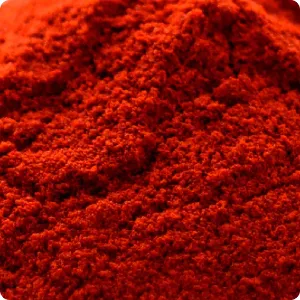
Astaxanthin
Astaxanthin is a red-orange carotenoid considered the “king of carotenoids” for its exceptional antioxidant power. Sourced from H. pluvialis microalgae, it’s the same pigment that gives salmon and flamingos their pink hue, and it can likewise impart a healthy glow to your skin as it accumulates. Astaxanthin was selected for its ability to protect skin at the cellular level and support anti-aging. It is one of the most potent antioxidants known, capable of quenching free radicals and shielding skin cells from UV light damage far more effectively than many other antioxidants. Studies have noted improvements in skin hydration, elasticity, and a reduction in wrinkles with astaxanthin supplementation. Moreover, as a carotenoid pigment, astaxanthin gradually builds up in the skin; with regular use it contributes to a subtle sun-kissed tint and enhanced skin radiance within 4–6 weeks of consistent intake (even without tanning, it adds to your natural glow alongside the other carotenoids).
We include 8 mg of astaxanthin because this dose is within the optimal range shown to benefit skin health. Experts recommend about 4–8 mg per day of astaxanthin for skin photoprotection and beauty effects. Doses at this level (and even lower, ~4–6 mg) have demonstrated significant improvements in skin quality in clinical studies (such as better elasticity and reduced wrinkle appearance after several weeks). By providing the upper end of this range (8 mg), the formula ensures you receive a clinically backed amount for maximum efficacy. This dose gives your body enough astaxanthin to build up in skin tissue and exert its protective effects. At 8 mg, astaxanthin’s pigment can also meaningfully contribute to the visible glow of your complexion over time.
Scientific References:
Protective effects of astaxanthin on skin deterioration
2017 • Journal of Clinical Biochemistry and Nutrition
placebo-controlled trial
A 16-week placebo-controlled trial in 65 healthy women showed that astaxanthin (6–12 mg/day) can prevent UV-related skin aging. Over 4 months (during environmental UV exposure), the placebo group developed significantly worse facial wrinkles and increased skin dryness, whereas the astaxanthin groups saw no deterioration in skin moisture or wrinkle depth. Skin elasticity was also better maintained with astaxanthin. This suggests long-term astaxanthin supplementation may help “maintain skin condition” and slow skin aging caused by UV and dryness.
Read
Effects of astaxanthin on human skin aging
2021 • Nutrients
Systematic Review & Meta-Analysis
This analysis of 11 studies (9 randomised trials on oral astaxanthin) found consistent skin benefits. Oral astaxanthin supplementation led to a significant improvement in skin moisture content and elasticity compared to placebo (pooled effect sizes ~0.5–0.8). There was also a trend toward reduced wrinkle depth with astaxanthin. The authors conclude that astaxanthin (oral and/or topical) is effective in reducing skin aging, improving hydration and elasticity, and has “promising cosmetic potential”.
Read
Continuous astaxanthin intake reduces oxidative stress and reverses age-related skin changes
2017 • Nutrition Research
Prospective open-label study
31 middle-aged adults (17 men, 14 women) took astaxanthin 4 mg/day for 4 weeks with pre- and post-treatment assessments. By week 4, plasma malondialdehyde (an oxidative stress marker) fell by ~22%, indicating lower systemic oxidative stress. Analysis of participants’ superficial skin samples (tape strips) revealed fewer corneocyte (dead skin cell) layers and microbes on the skin surface and a significant increase in skin lipid droplets after astaxanthin use. These changes reflect a shift toward a “younger” skin profile – i.e. improved skin turnover, cleaner skin microbiome, and enhanced surface lipids (which help plump and protect skin). Benefits were most pronounced in obese subjects. The authors concluded that continuous astaxanthin consumption produced a strong antioxidant effect resulting in visible skin rejuvenation.
Read
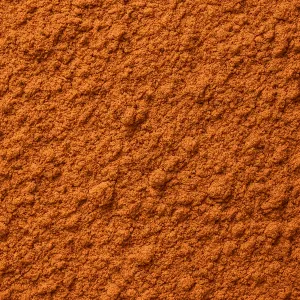
Copper Gluconate
Copper is an essential trace mineral included in the formula to support normal skin pigmentation and anti-aging functions. It was selected because copper is a critical cofactor for enzymes involved in melanin production – the natural pigment in our skin. In simple terms, copper helps your body produce melanin, so having adequate copper can enhance your skin’s ability to tan and develop color when exposed to sunlight. Additionally, copper is a component of antioxidant enzymes (like superoxide dismutase) that protect cells from free radical damage. This means copper also provides cellular protection in the skin – it assists in neutralising oxidative stress from UV rays and pollution, guarding your skin cells from premature aging.
The formula provides 2 mg of active copper, a dose chosen to be both effective and safe. The daily recommended dietary allowance for copper is about 0.9 mg, but slightly higher intake is beneficial for specific purposes like skin health. Experts suggest roughly 1.5–3 mg of copper per day to support optimal tanning and pigmentation effects. This amount is well below the tolerable upper limit for copper, so it’s safe for long-term use while still providing a meaningful functional dose.
Scientific References:
Copper – NIH Health Professional Guide
updated 2022 • National Institute of health
Fact Sheet
This fact sheet notes that copper is an essential trace mineral for skin and hair pigmentation. Copper deficiency in both animals and humans leads to hypopigmentation – i.e. loss of color in skin and hair. In practical terms, people with low copper levels can develop patchy skin lightening or premature graying of hair. These effects stem from copper’s role as a cofactor for key enzymes in melanin synthesis. The NIH review cites that common signs of severe copper deficiency include anemia and depigmentation of hair/skin, among other symptoms. Ensuring adequate dietary copper is therefore important for maintaining normal skin pigmentation.
Read
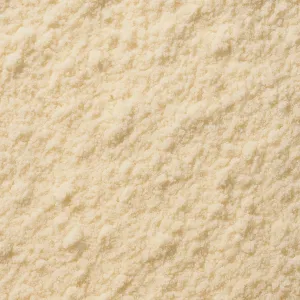
Vitamin E
Vitamin E is a well-known antioxidant vitamin, included in its natural d-alpha tocopherol form for optimal bioavailability. It was added to the formula to provide broad skin protection and anti-aging support. As an antioxidant, vitamin E’s primary role is to guard your skin’s cells and lipids against oxidative damage. It embeds in cell membranes and can stop the chain reactions caused by free radicals, which means it helps prevent damage from things like UV radiation and pollution. This protection is crucial for maintaining youthful skin and preventing visible signs of aging (since free radical damage contributes to wrinkles, fine lines, and age spots). By neutralising these stressors, vitamin E supports skin cellular health and longevity. Additionally, vitamin E is known to help maintain the skin’s moisture barrier and smoothness.
We included vitamin E at 30 mg (which is roughly equivalent to 44 IU in natural form) to deliver an effective dose above basic nutritional requirements, yet well within safe limits. For context, the recommended daily amount of vitamin E is only about 15 mg for adults, which is the minimum to prevent deficiency. Our 30 mg dose provides roughly double that baseline, ensuring ample antioxidant availability to benefit the skin. This level is supported by research on skin health – many studies exploring vitamin E’s skin effects use doses in the tens to low-hundreds of milligrams. At 30 mg, we are giving a beneficial boost that can improve skin outcomes (such as reducing UV-induced oxidative damage), without approaching any dangerous level.
Scientific References:
Vitamin E and Skin Health Overview
2012 • Linus Pauling Institute
scientific review
This scientific overview by the Linus Pauling Institute at Oregon State University summarises current research on vitamin E and its role in skin health. It highlights vitamin E’s function as a key lipid-soluble antioxidant that protects skin cells from oxidative damage caused by UV exposure and environmental stressors. The review covers evidence from clinical studies on how vitamin E supports skin barrier integrity, reduces photoaging, and works synergistically with other antioxidants like vitamin C and carotenoids.
Read
Premium Ingredients.
Fair Pricing.
Buying our ingredients separately could cost over €100/month. With Golden Glow, you get clinically dosed, third-party tested ingredients all in one formula, without paying a markup on 5 different bottles.
Ingredients Purchased Separately
8mg Natural Astaxanthin
€30-45
40mg Natural Lycopene
€20-40
15mg Natural Beta Carotene
€15-20
30mg Natural Vitamin E
€15-20
2mg Copper Gluconate
€5-10
Total Cost
€85-135 per month
Golden Glow
€39
Save up to €1,152 per year
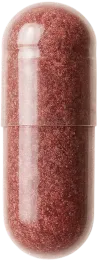
€39/month
Golden Glow
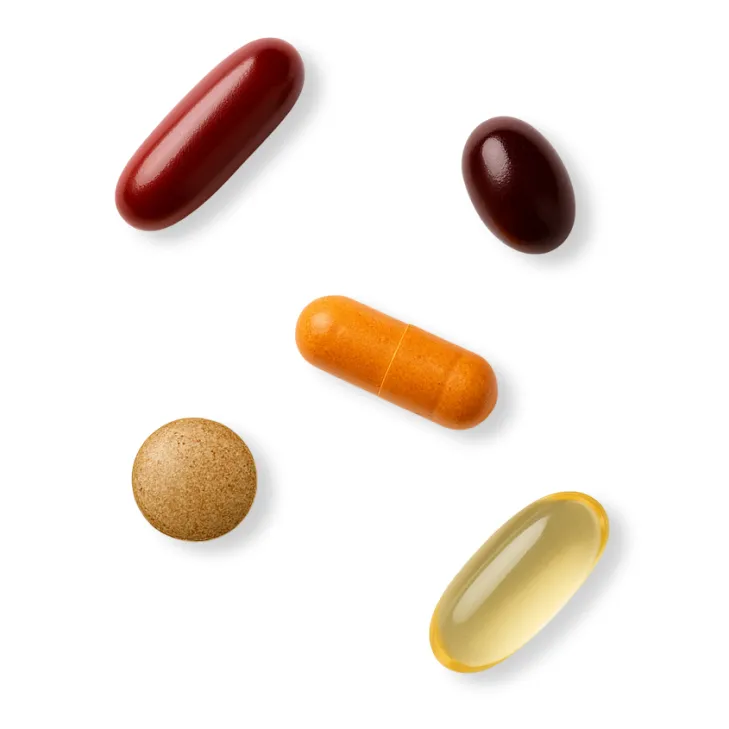
€85–€135/month
Purchased Separately
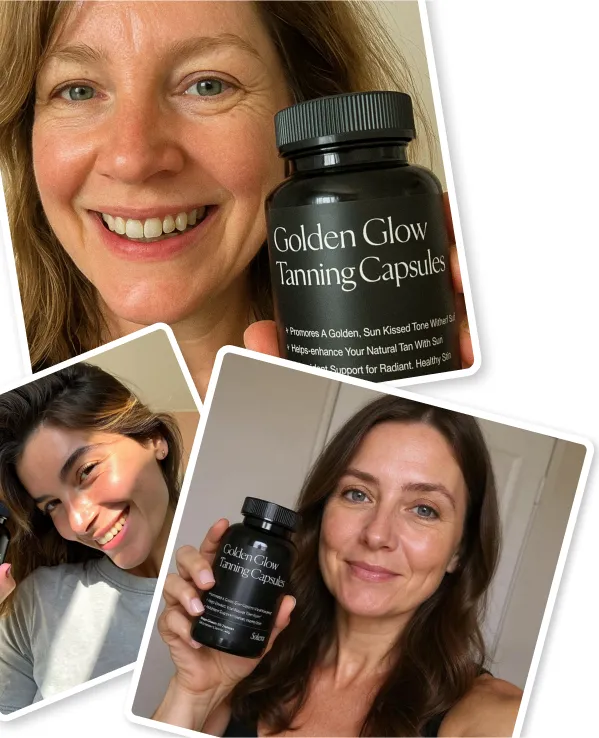





4.6 · Rated Excellent
From Invisible to Unmissable. Risk-Free.
Say goodbye to patchy fake tans and dangerous UV damage. This is glowing skin, simplified.
Shop Now
90-Day Guarantee
Fast Shipping
Visible Glow in 4–6 Weeks
